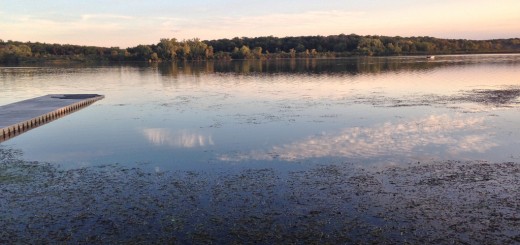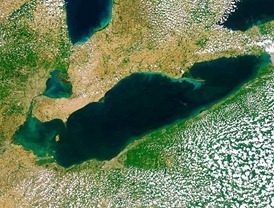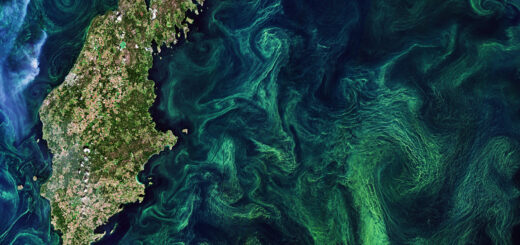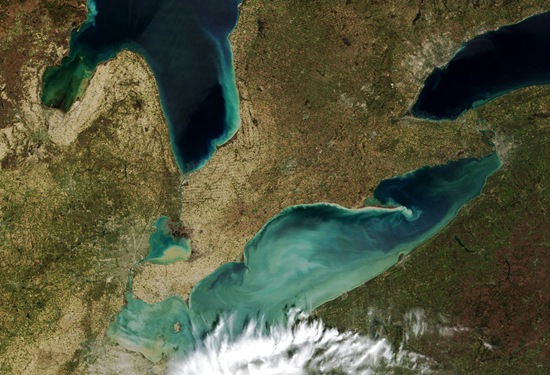Research Summary: Ecosystem Niche as a Framework for Lake Management
0We propose a framework for lake management that accounts for inherent variation in ecosystem state and extends the Hutchinsonian niche concept to the ecosystem level.
Analogous to the n-dimensional species niche, the ecosystem state “niche” is enclosed by the range of variation in primary environmental drivers within which the target ecosystem state can be established and maintained. We applied this concept to Lake Apopka in central Florida using the 3 major drivers of trophic status: concentration of total phosphorus; concentration of chlorophyll a; and transparency, as represented by Secchi disk transparency.

Lake Apopka, February 2007. (Credit: Wikimedia Commons User Ebyabe via Creative Commons)
We delineated 3 volumes or domains: regional, reference, and target domain, which is the ecosystem state niche for the desired condition. The regional domain includes the range of variation in trophic status drivers for the region. The reference domain lies within the regional domain and includes the ranges for trophic status variables for a set of lakes within the region that have conditions approximating the desired condition. The target domain is the ecosystem state niche, encompassed by the ranges of values required for establishment and persistence of the desired condition. The target domain, or ecosystem state niche, considers site-specific aspects such as the lake’s bathymetry, water budget, and natural nutrient loadings. Further, we demonstrate that state diagrams of the temporal trajectory of lake trophic status, plotted over the suite of domains, effectively track progress toward the management goals embodied by the ecosystem state niche.
Full study and references – “The ecosystem niche as a framework for lake management” – published in Lake and Reservoir Management (Volume 29, Issue 4; pages 279 – 284). Abstract reprinted by permission of North American Lake Management Society (http://www.nalms.org).













